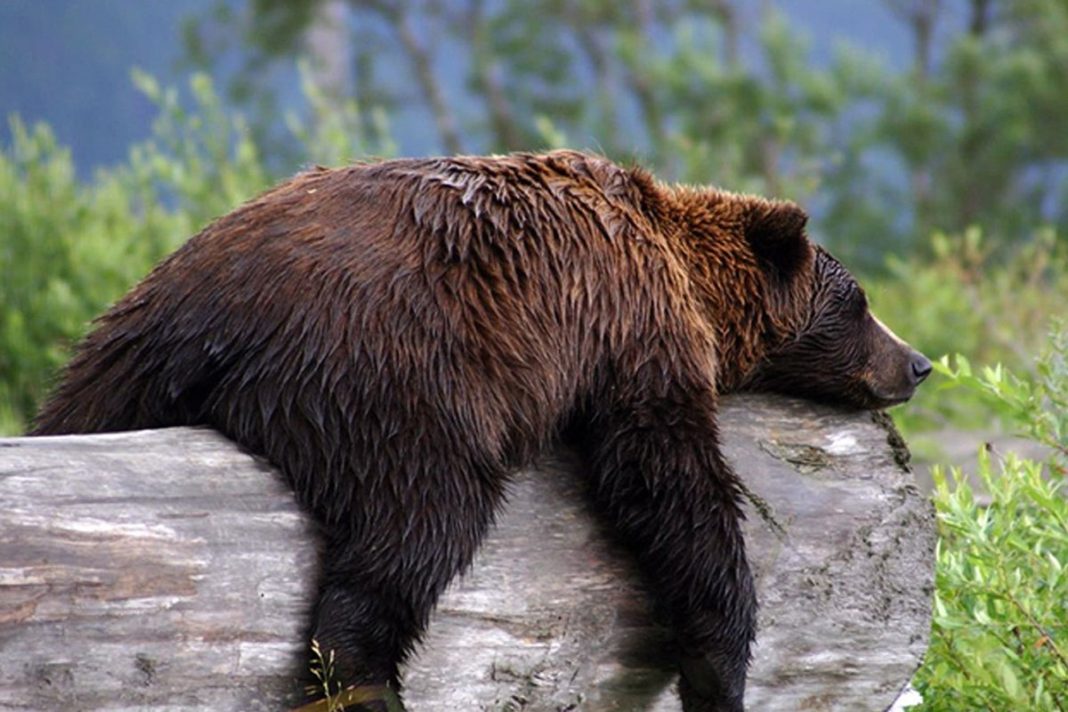Key Takeaways
- A single gene called Dio3 controls hibernation and migration in mammals
- This gene acts as an internal seasonal clock that triggers winter dormancy
- The discovery provides the first functional genetic evidence for seasonal behaviors
- All mammals, including humans, possess the Dio3 gene
Scientists have identified a single gene responsible for controlling seasonal behaviors like hibernation and migration in mammals. The breakthrough research from the University of Glasgow reveals that the Dio3 gene serves as the internal seasonal clock that must activate to initiate winter dormancy.
The Genetic Mechanism Behind Seasonal Behavior
The Dio3 gene is present in all mammals, including humans, though it’s predominantly active in animals living closer to the poles. Researchers studied Djungarian hamsters to make this groundbreaking discovery.
Until now, there has been no functional genetic evidence explaining the biological mechanisms behind the timing of seasonal behaviors in mammals. This study provides the missing link in understanding how animals coordinate their annual cycles.
Expert Insights
Professor Tyler Stevenson, who led the research, explained: “Our work is important because we now know the genes involved, and the sequence of changes in gene expression that control long-term changes in seasonal physiology and behaviour.”
He added: “By understanding how and when genes are active during the season provides us with better knowledge of the underlying mechanism for annual health, and importantly, the potential causes of acute or chronic illnesses.”
The study, published in the prestigious journal eLife, opens new avenues for understanding seasonal health patterns in both animals and humans.




